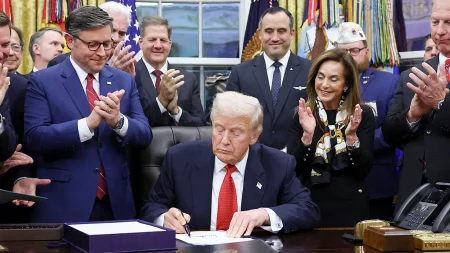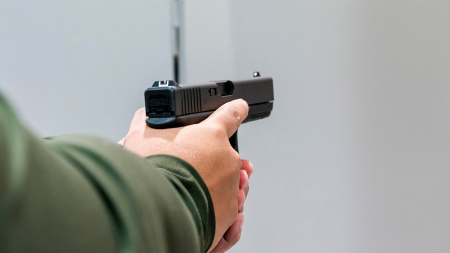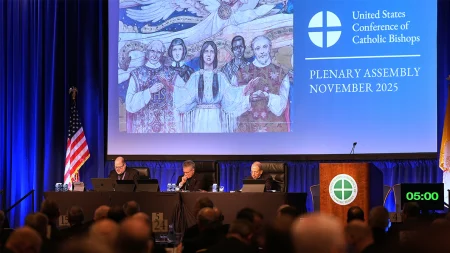A Brief Respite in Gaza’s Ongoing Tragedy
The fragile cease-fire in Gaza has finally taken effect, bringing a momentary pause to the relentless violence that has defined daily life in the region. Both sides have begun the delicate process of exchanging hostages and prisoners as agreed upon in the negotiated terms. These exchanges represent rare moments of relief for families who have endured the agonizing uncertainty of separation, wondering about the condition and treatment of their loved ones. Each reunion brings tears, tight embraces, and the bittersweet recognition that while some families celebrate, others continue their painful wait, hoping their relatives will be among those released in subsequent exchanges.
Against the backdrop of these emotional reunions stands the overwhelming devastation of Gaza—a landscape transformed by two years of intense warfare. Once-vibrant neighborhoods now lie in ruins, with shattered buildings, cratered roads, and the skeletal remains of homes that once sheltered generations of families. The destruction extends beyond physical infrastructure to the collapse of healthcare systems, educational institutions, and basic utilities. Residents wade through streets filled with rubble, searching for anything salvageable from their former lives. Children, who have known nothing but war for a significant portion of their young lives, pick their way through dangerous debris, their childhood innocence buried beneath the weight of trauma and loss they’ve witnessed.
Despite the cease-fire, a profound sense of gloom hangs heavily over the region. This pessimism stems not just from the physical destruction but from the deeper wounds that will take generations to heal—if healing ever truly comes. The psychological trauma inflicted on both populations transcends the visible scars of war, embedding itself in collective consciousness and individual psyches alike. Mental health professionals warn of a looming crisis as symptoms of post-traumatic stress disorder, depression, and anxiety manifest across all age groups. For many, the cease-fire represents not hope but merely a pause in what they fear will be an endless cycle of violence that has defined the region for decades.
The humanitarian situation remains dire, with basic necessities scarce and relief organizations struggling to meet overwhelming needs. Clean water, food, medicine, and shelter—things most take for granted—have become precious commodities fought over by desperate people. Aid workers describe scenes of heartbreaking choices: parents feeding children before themselves, families sharing single doses of medication, communities rationing dwindling water supplies. The cease-fire has allowed some additional humanitarian aid to enter, but the volume falls catastrophically short of what’s required. Economic life has ground to a near-standstill, with unemployment reaching unprecedented levels and no clear path toward rebuilding the shattered economy that once sustained the region, however precariously.
Political solutions remain as elusive as ever, with deep distrust entrenched on both sides after years of failed negotiations, broken promises, and renewed violence. Leaders speak of peace while preparing for the next conflict, their words ringing hollow to populations who have heard similar rhetoric before, only to find themselves once again in the crosshairs of violence. International stakeholders offer statements of concern and pledges of support, but meaningful intervention that addresses root causes rather than symptoms continues to evade the region. Diplomatic efforts often appear performative rather than substantive, leaving ordinary citizens cynical about the prospect of genuine resolution to a conflict that has spanned generations.
Yet amid this overwhelming despair, small acts of humanity provide flickering reminders of resilience. Former enemies who meet while receiving medical treatment in the same hospital rooms. Children from opposing sides who play together in neutral territories. Relief workers who risk their lives to deliver aid across dangerous borders. Religious leaders who gather to pray for peace regardless of faith traditions. These moments—rare though they may be—suggest the possibility, however remote, of a different future. For now, though, as the cease-fire holds tenuously and exchanges continue, the overwhelming sentiment remains one of exhaustion and grief, with genuine peace still seeming like a distant, perhaps impossible dream for a region that has known little but conflict for far too long.









